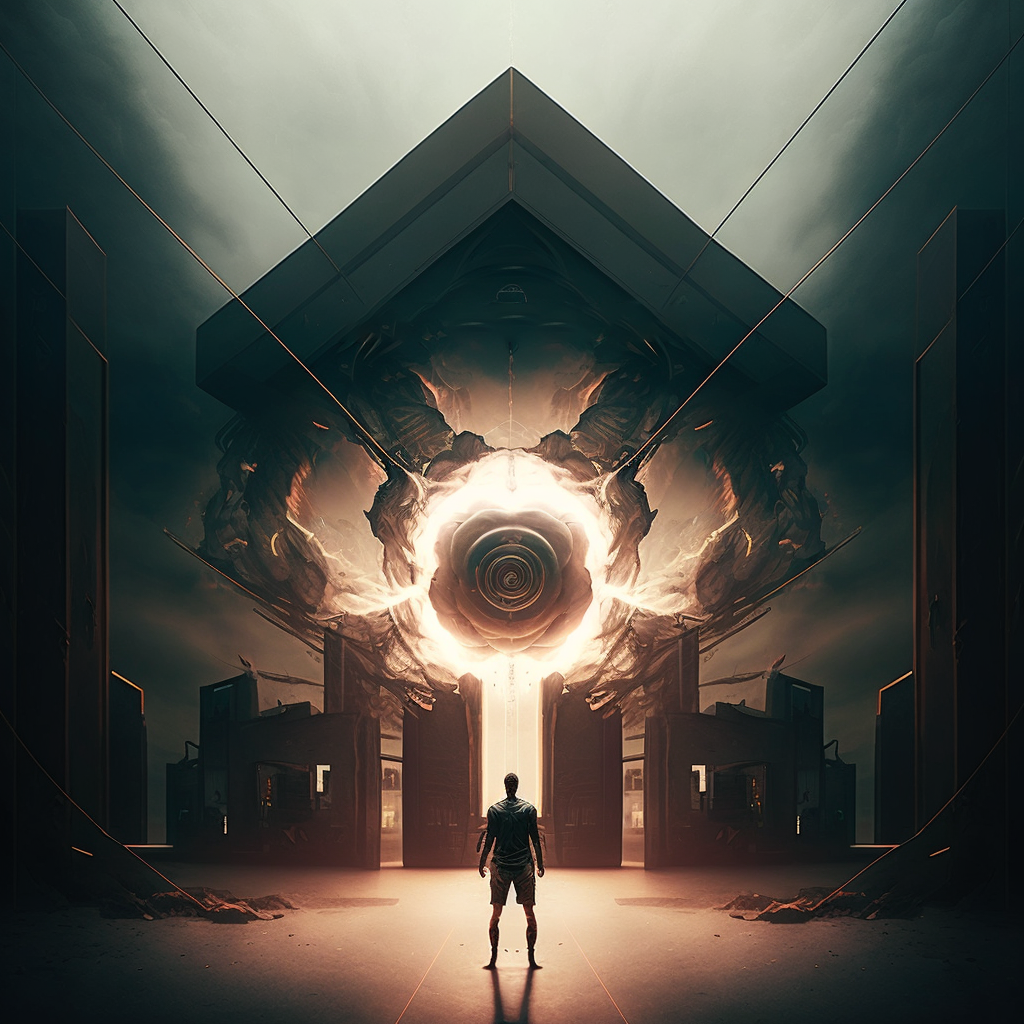I am convinced that this is not going to be an extension of cinema or 3-D cinema or video games. It is something new, different, and not experienced yet. The strange thing here is that normally, in the history of culture, we have new stories and narrations and then we start to develop a tool. Or we have visions of wondrous new architecture—like, let’s say, the museum in Bilbao, or the opera house in Sydney—and technology makes it possible to fulfil these dreams. So you have the content first, and then the technology follows suit. In this case, we do have a technology, but we don’t have any clear idea how to fill it with content.
Werner Herzog Tweet

We stand ready and willing to construct the Metaverse.
We see the Metaverse as an XR expression of creativity that paints reality. Well, at least it will be when we get some things straight. That’s a big part of the conversation we want to have around the media landscape.
– Avatar & Item Portability in the Metaverse
– Building SPACES in an XR Landscape
– Game Engine Workflows to Craft SPACES
– Interaction Beyond a Click in 360
– 2D and 3D Hybrid SPACES
– Old School Cinematography Techniques Repurposed for the 21st century
– Textures and Photogrammetry how does IP Survive
– The Avatar Self and Identity in the 21st century
– Exploration vs. Traditional UX Paradigms
– A Flexible UX that Understands Context, Location, and Intent
These are a tiny fraction of the topics about the construction of the Metaverse. At the top of that list, you will see Metaverse portability.
As we construct what some call Web 3.0 or the Metaverse, the issues of the siloed platforms are rearing their ugly head again. However, we need to understand that our audience has already seen a future where Avatars move through the Metaverse unfettered and interact with media from a time gone by and future iterations of entertainment. The audience wants Metaverse portability, they may not even know what it’s called, but they have seen it and imagine a day when they can be a Ready Player who can take a Vorpal sword from a D&D type game and use it in another FPS platform and so much more.
Now the lawyers will tell you it will never happen. IP rights issues are too complex, and the industry would not stand for unfettered cross-media usage. We call BS! The inability of entrenched earners to see beyond how the coffers fill with gold stagers the mind. Change is inevitable. No matter what, industries hang on to the past because that’s the only way they know how to make money.
Using the blockchain and Its ledger capabilities for tracking virtual goods removes the heavy lifting requiring teams of lawyers to manage on the IP side. In addition, integrating this technology into OPEN platforms allows these blockchain items to hold the needed information, including ownership, cost, usage, and so much more.
We are working with partner organizations to craft this OPEN framework for interoperability and laying the foundations for true Metaverse portability. Leveraging game engines, we implement a ledger attached or imprinted on the assets. These assets are constructed from the beginning to allow for the OPEN exchange of items and Avatars. This cross-pollination feeds the audience’s desires and creates many business opportunities for organizations willing to see what the future holds.
How? You might be asking yourself. In 2006 working with HP, Sony Music, and Toyota, we saw how a closed ecosystem of Second Life caught fire in the press and gained a favored platform status for this potential. Building out several interactive experiences, we dipped our toes and found a closed system very constraining. The limited and complicated UX left clients wanting to do more but stuck in a single vision driven by Linden Labs. The issues of IP and licensing rights turned ugly, and in the end, while still a viable platform with a solid seven-figure user base Second Life could never scale to meet the needs of a global Metaverse. So we went on a quest to find our answer in traditional ways, then we found the key.
MORE TO COME…